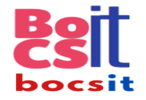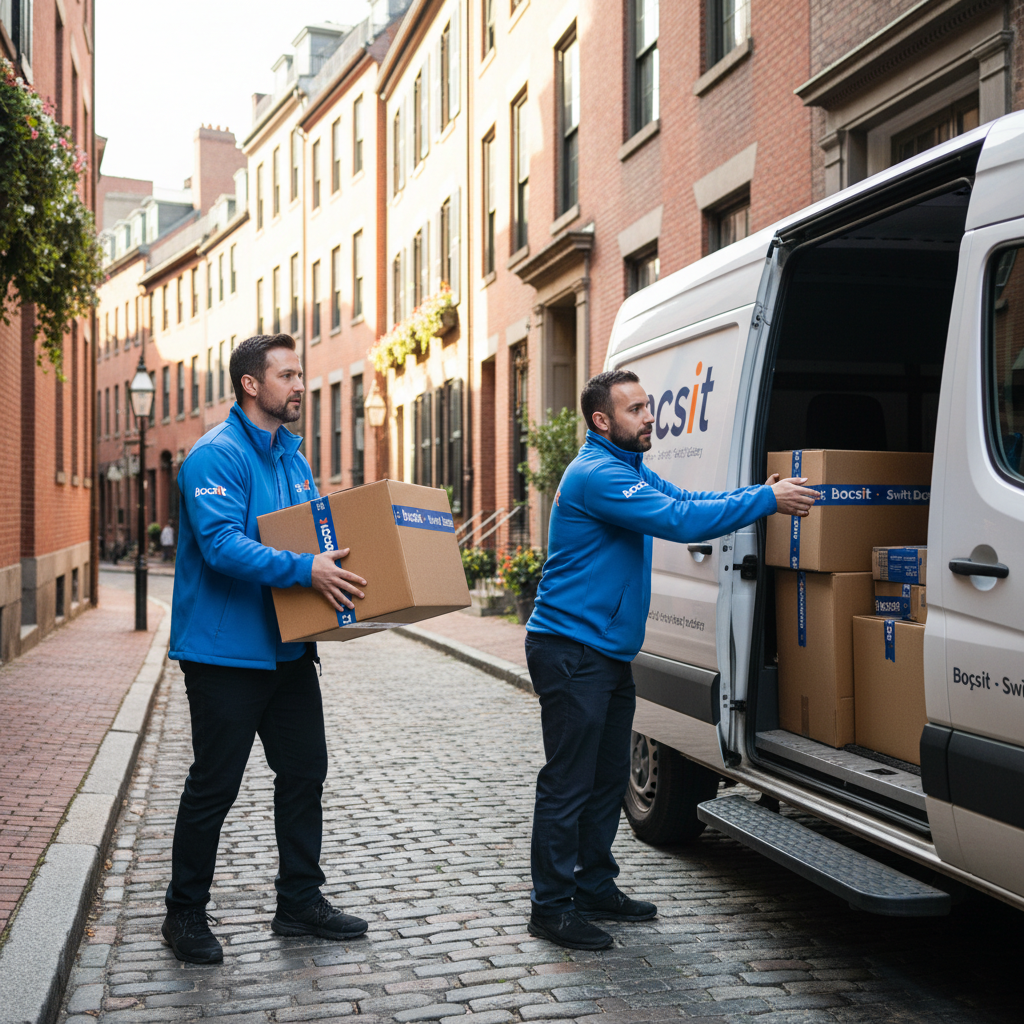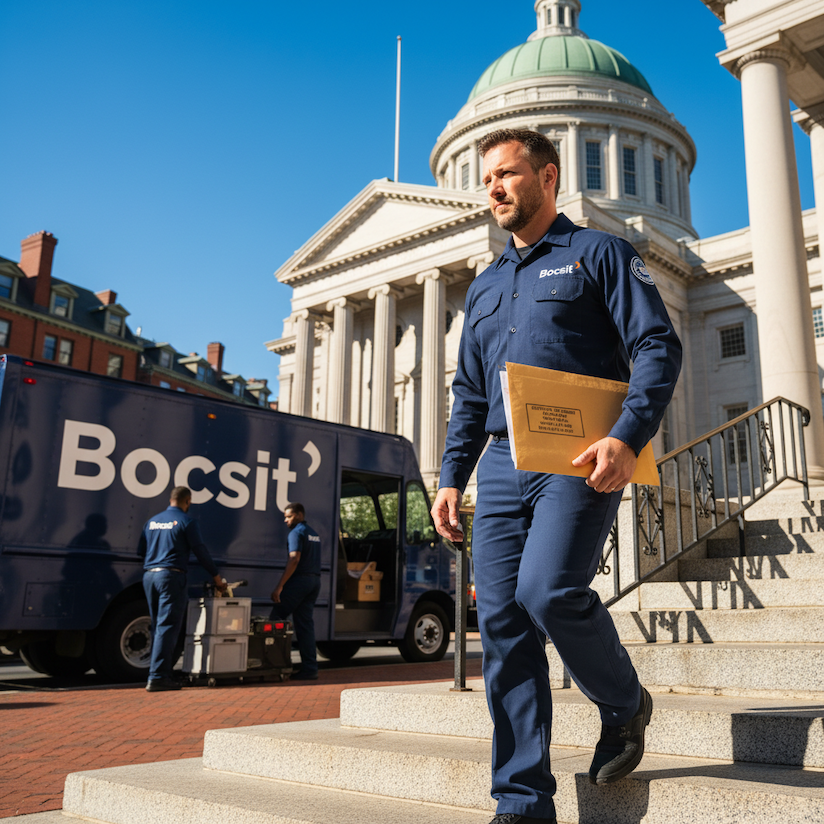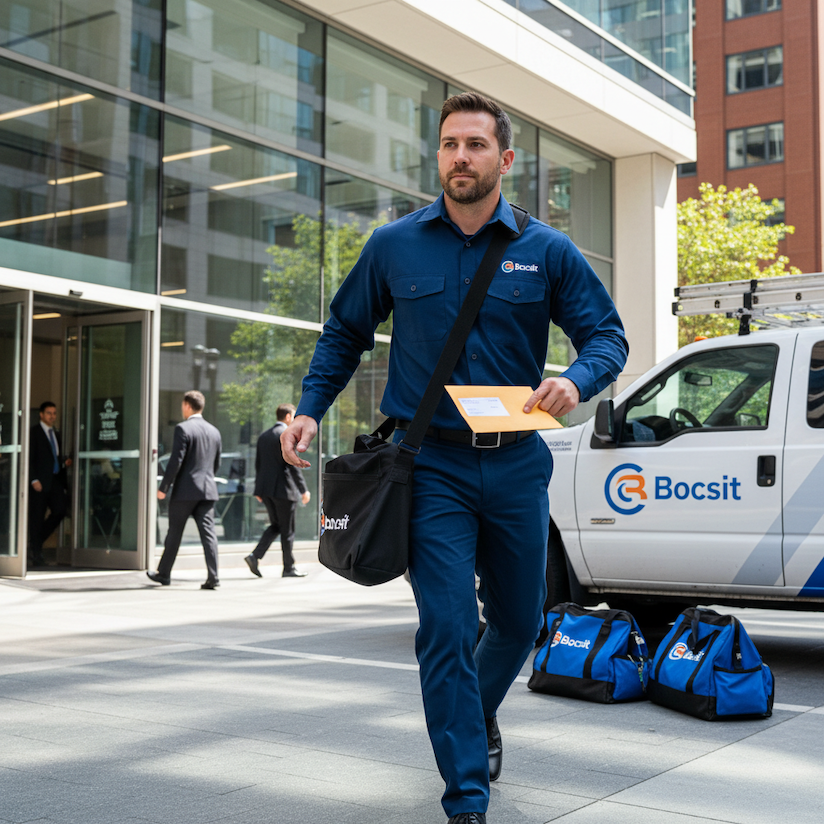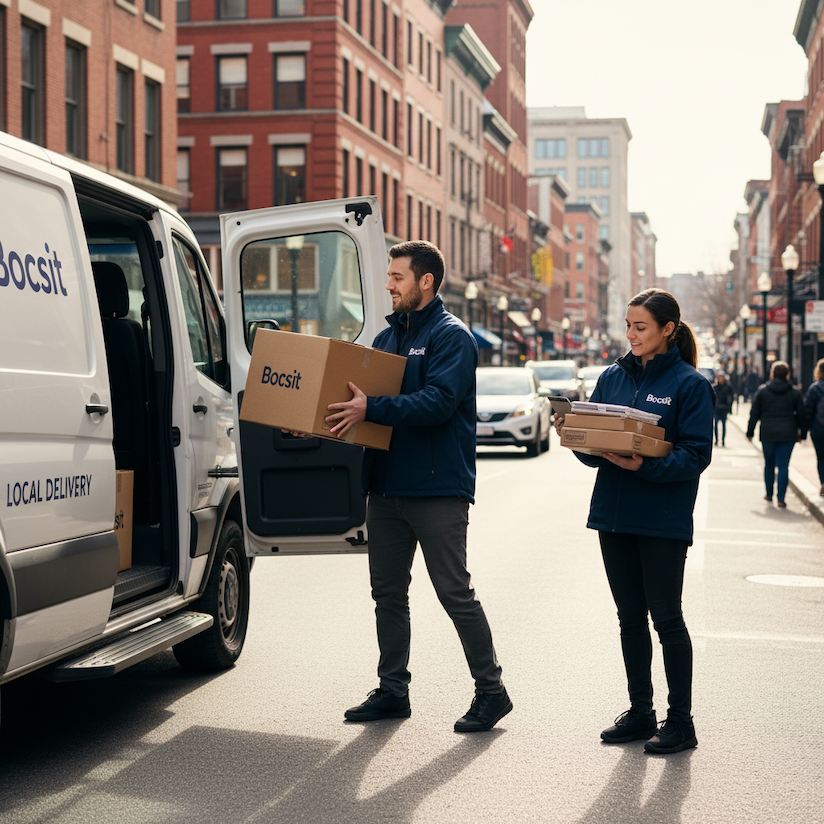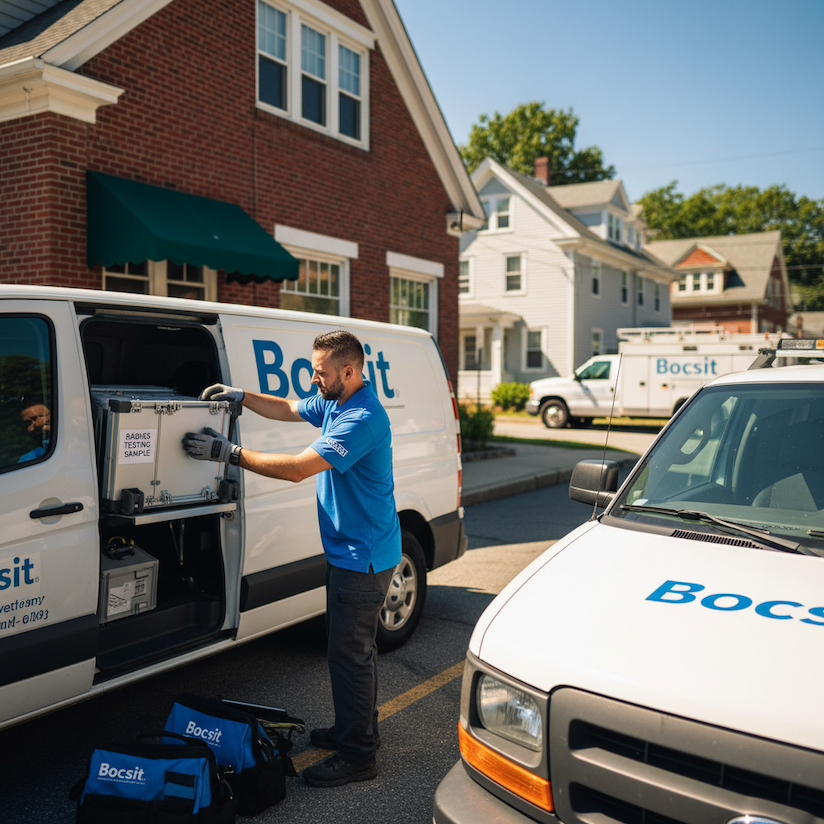Harnessing the Power of Direct Store Delivery for Business Efficiency
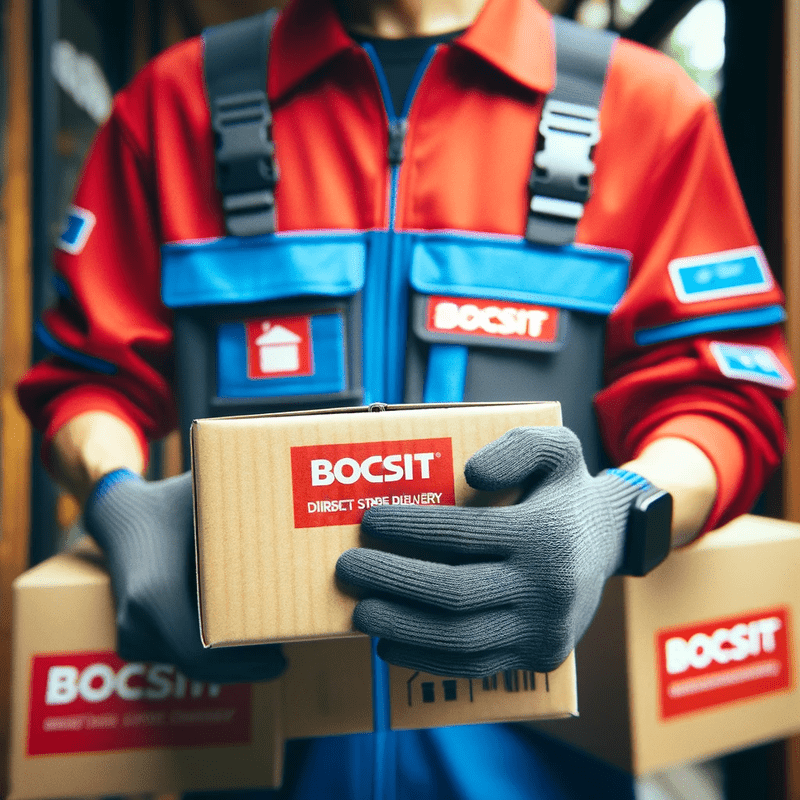
Unlocking Efficiency: The Strategic Advantage of Direct Store Delivery
Understanding Direct Store Delivery
Direct Store Delivery (DSD) is a distribution model that allows manufacturers and distributors to deliver products directly to retail stores, bypassing traditional distribution centers and warehouses. This method is particularly prevalent in industries where product freshness and quick market response are paramount, such as in the food and beverage sector. By eliminating the middle steps, DSD not only speeds up the distribution process but also reduces handling costs and minimizes the risk of product damage.
Benefits of Direct Store Delivery
- Increased Product Freshness and Quality: By shortening the delivery time, products spend less time in transit and storage, which is crucial for perishable goods. This results in fresher goods on the shelves, a key factor in customer satisfaction.
- Enhanced Supply Chain Control: DSD gives suppliers direct access to retail conditions, allowing them to manage inventory more effectively, respond to fluctuations in demand more quickly, and plan promotions or launches with higher precision.
- Reduced Costs and Increased Efficiency: Eliminating intermediaries and unnecessary warehousing steps cuts down on logistical expenses and simplifies the supply chain, leading to cost savings and potentially lower prices for the end consumer.
- Strengthened Retailer Relationships: Direct interaction with retail stores fosters a closer relationship, leading to better cooperation and coordination for promotions, displays, and sales strategies.
Challenges and Solutions
While DSD offers numerous benefits, it also comes with its set of challenges. These include managing increased delivery complexity, requiring more sophisticated route planning and logistics management. Additionally, investing in technology to support efficient DSD operations can be initially costly.
Solutions involve:
- Leveraging Route Optimization Software: Advanced logistics software can help plan the most efficient delivery routes, saving time and fuel.
- Investing in Real-Time Inventory Management Systems: These systems help track inventory levels accurately, ensuring optimal stock at all times without overstocking or stockouts.
- Training and Development: Ensuring that your team understands the DSD model and has the skills to implement it effectively is crucial for success.
Leveraging Technology in DSD
Technology plays a critical role in modernizing the DSD approach. From IoT devices that track shipments in real time to AI-driven analytics for predicting market trends and consumer behavior, technology can significantly enhance the effectiveness of a DSD strategy. Implementing mobile solutions for real-time communication between drivers and dispatchers, as well as retailers, ensures that everyone in the supply chain is informed and responsive.
Looking Ahead: Future Trends in Direct Store Delivery
The future of DSD looks promising, with ongoing advancements in technology and an increasing focus on sustainability. Electric delivery vehicles, drone deliveries, and more robust data analytics are just a few trends that could further shape the DSD landscape. As consumer preferences continue to shift towards fresher, faster, and more environmentally friendly products, DSD is set to become an even more integral part of the supply chain strategy.
